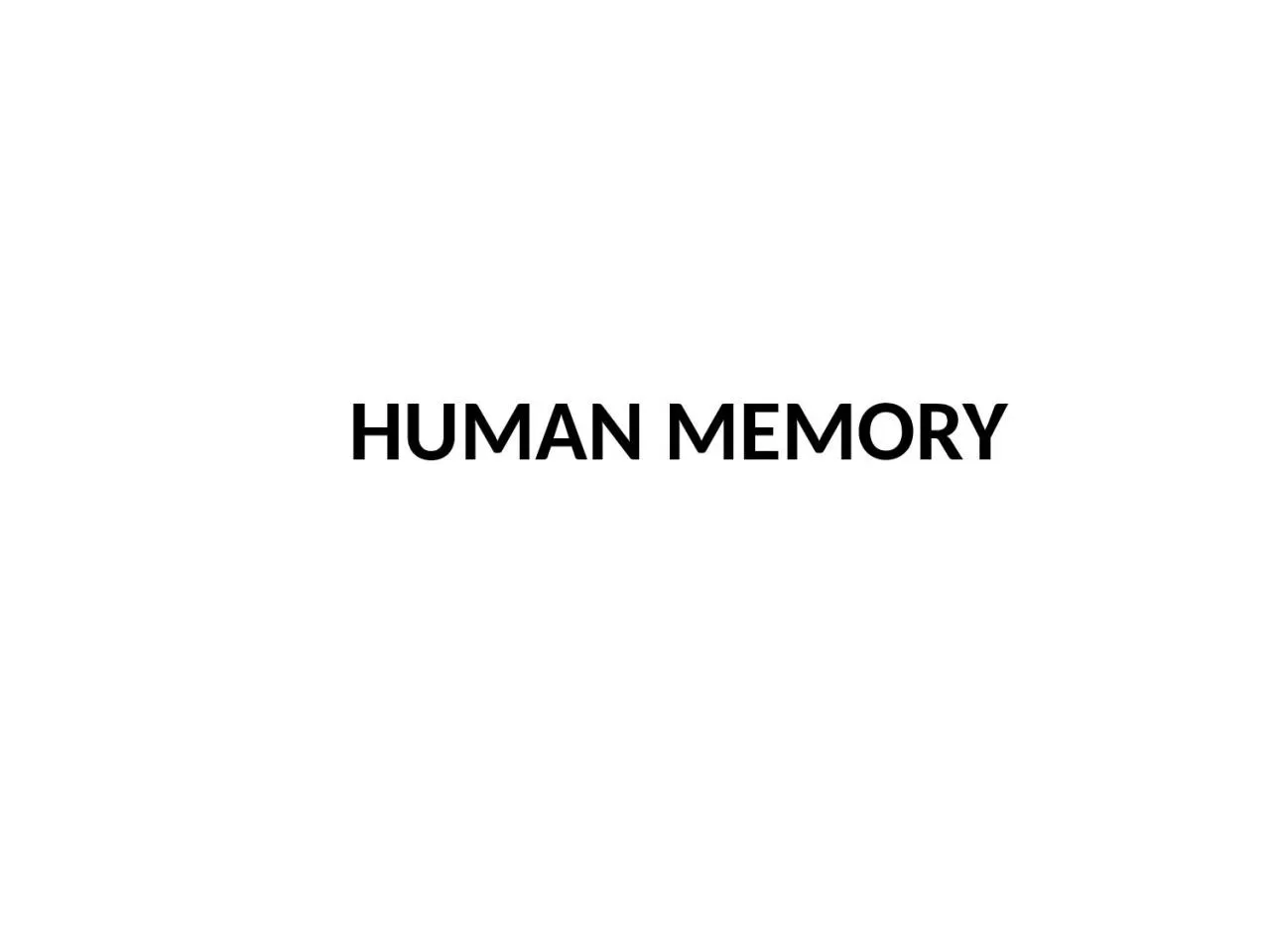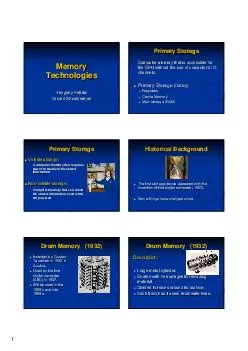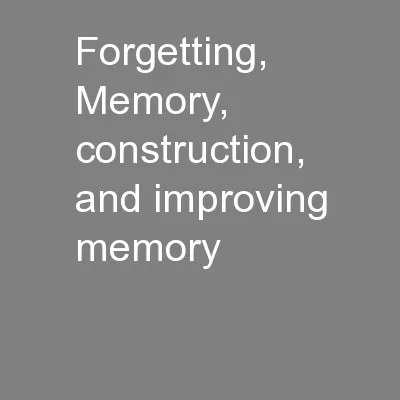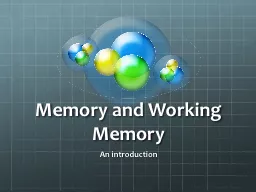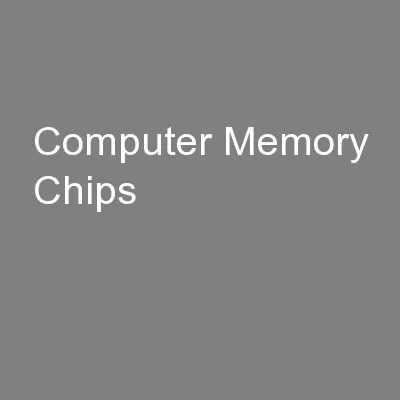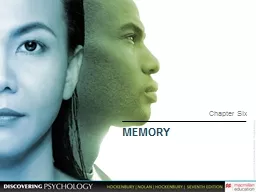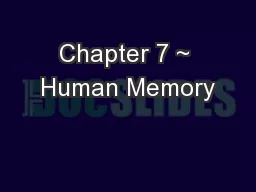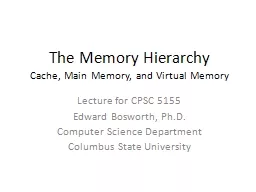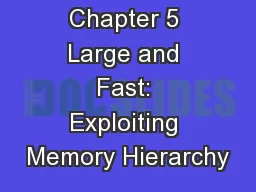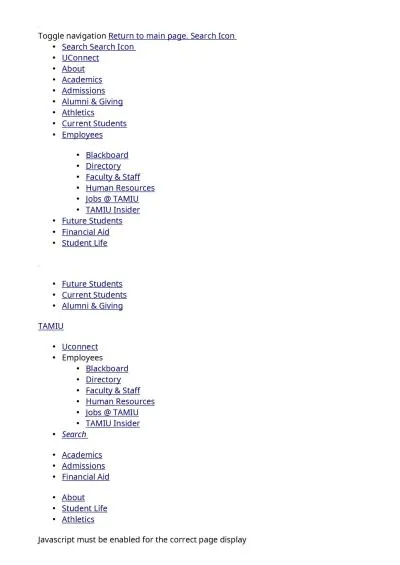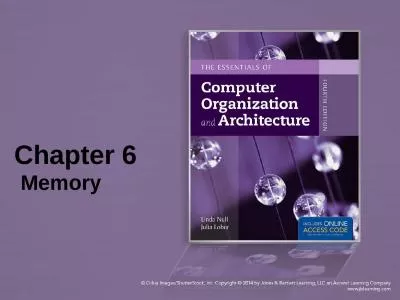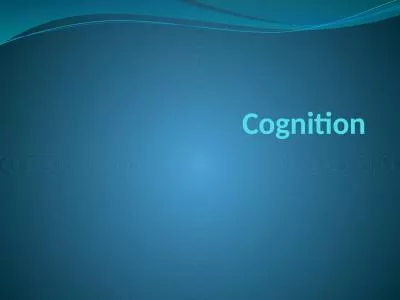PPT-HUMAN MEMORY Chapter 1
Author : elysha | Published Date : 2023-08-31
Introduction to Human Memory the Study of the Brain 2 Memory is Critical Do We need Memory Who are you Remember your past What do you do Where were you born How
Presentation Embed Code
Download Presentation
Download Presentation The PPT/PDF document "HUMAN MEMORY Chapter 1" is the property of its rightful owner. Permission is granted to download and print the materials on this website for personal, non-commercial use only, and to display it on your personal computer provided you do not modify the materials and that you retain all copyright notices contained in the materials. By downloading content from our website, you accept the terms of this agreement.
HUMAN MEMORY Chapter 1: Transcript
Download Rules Of Document
"HUMAN MEMORY Chapter 1"The content belongs to its owner. You may download and print it for personal use, without modification, and keep all copyright notices. By downloading, you agree to these terms.
Related Documents

